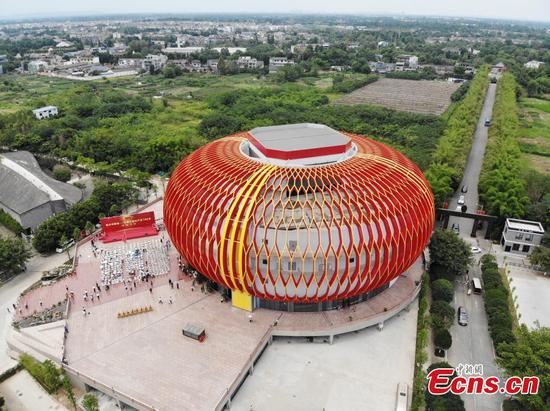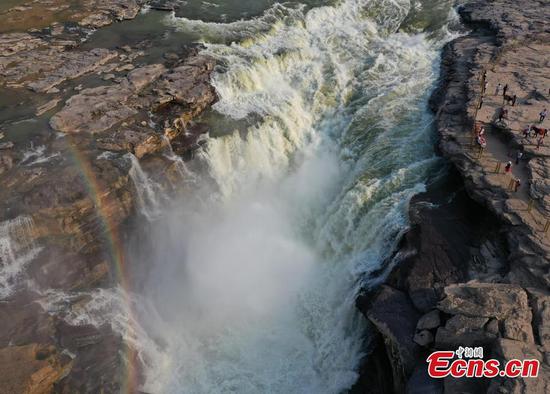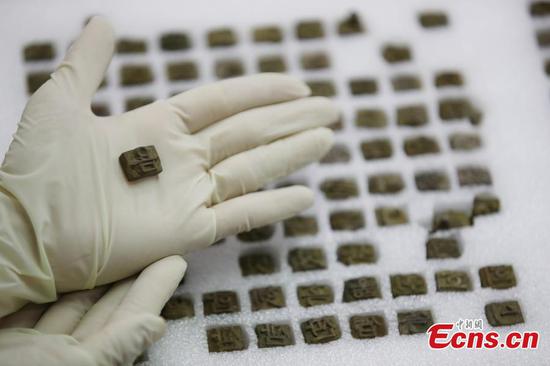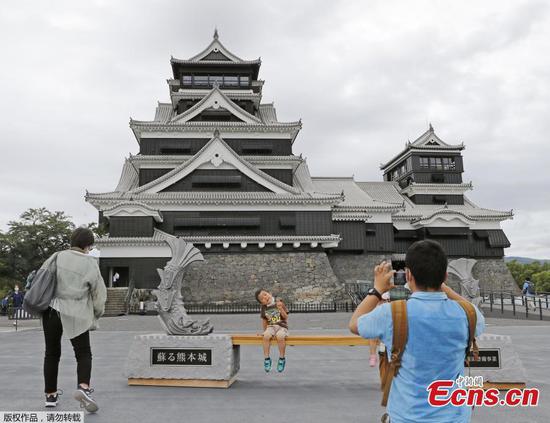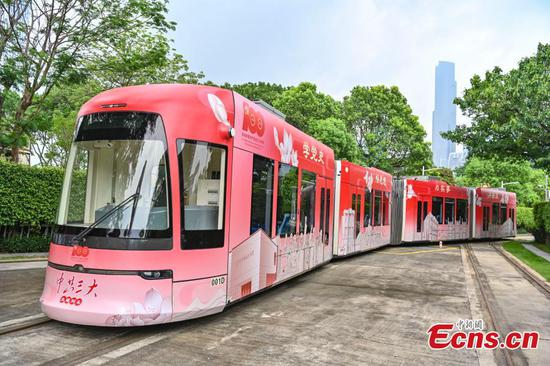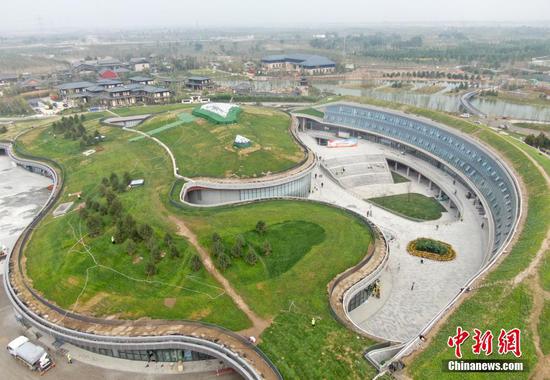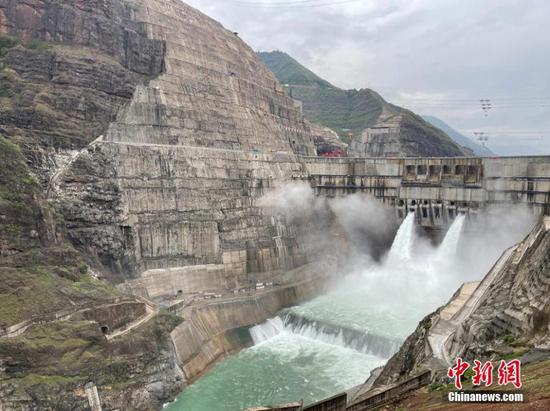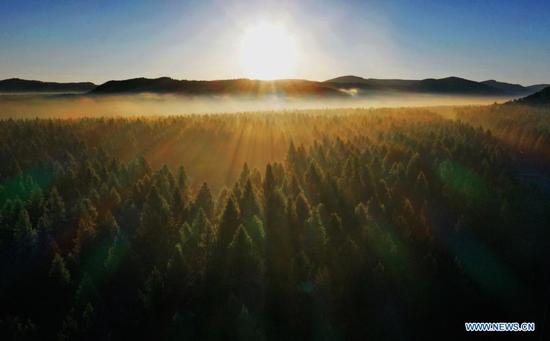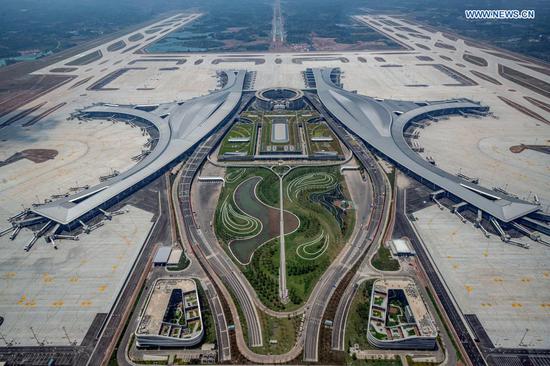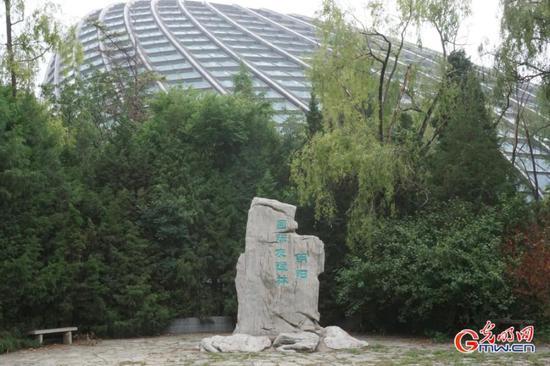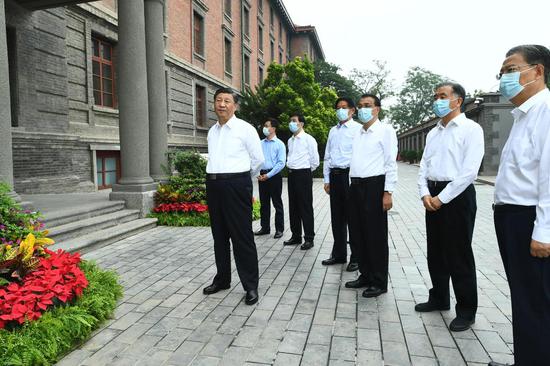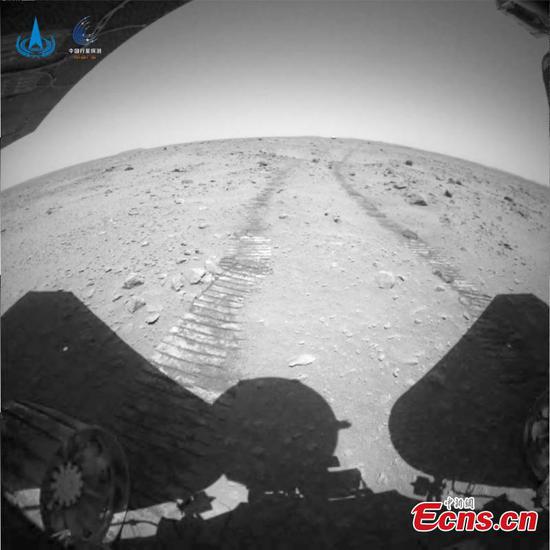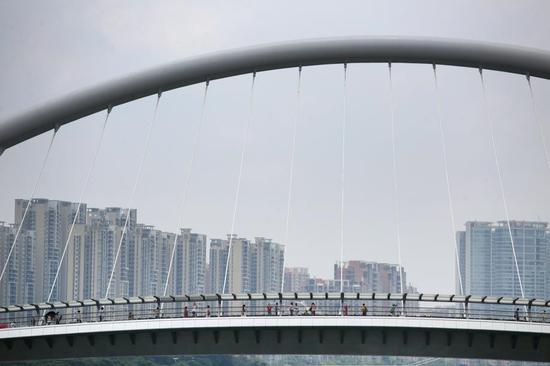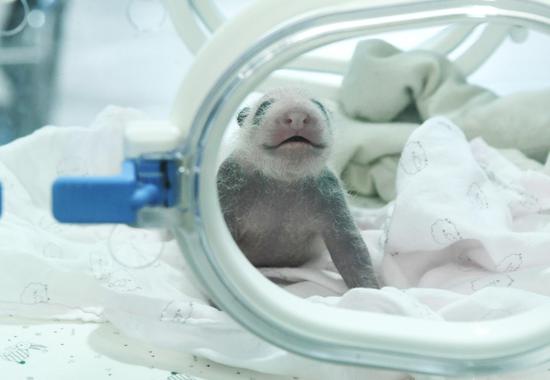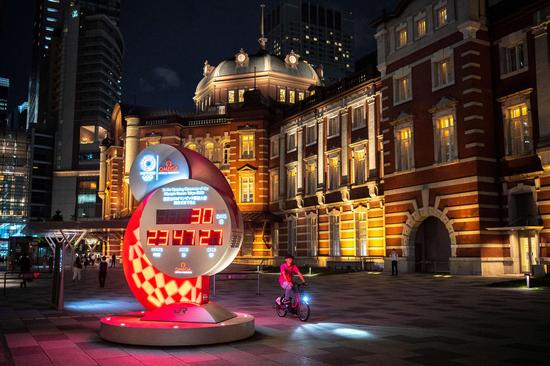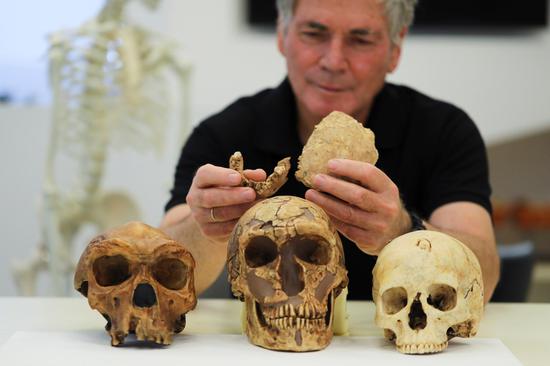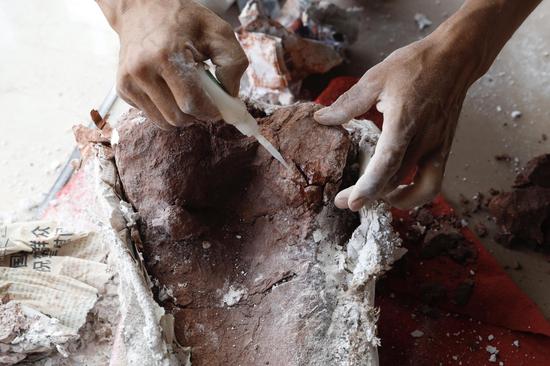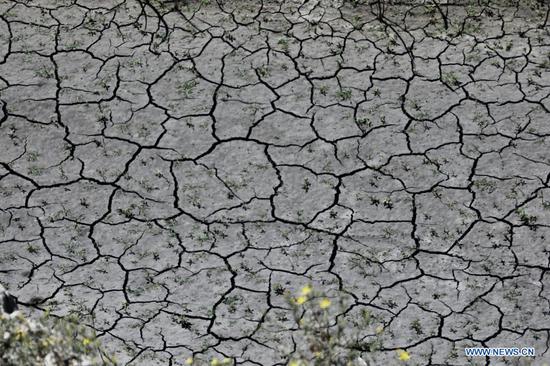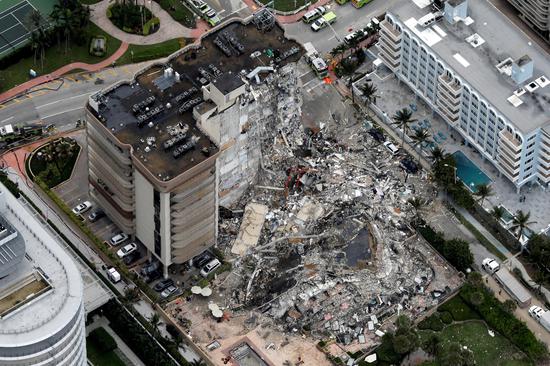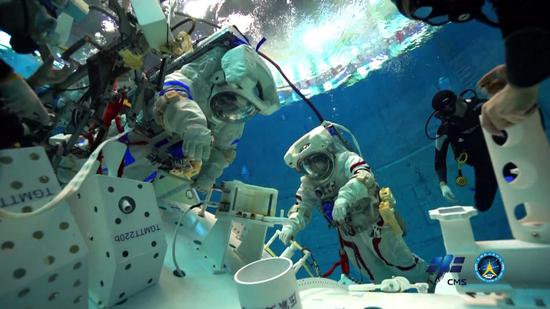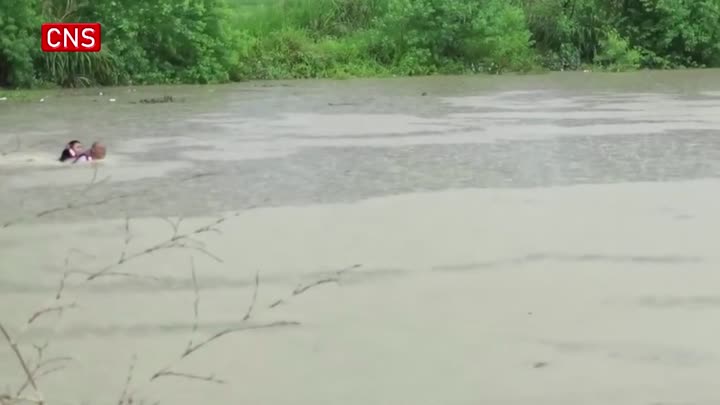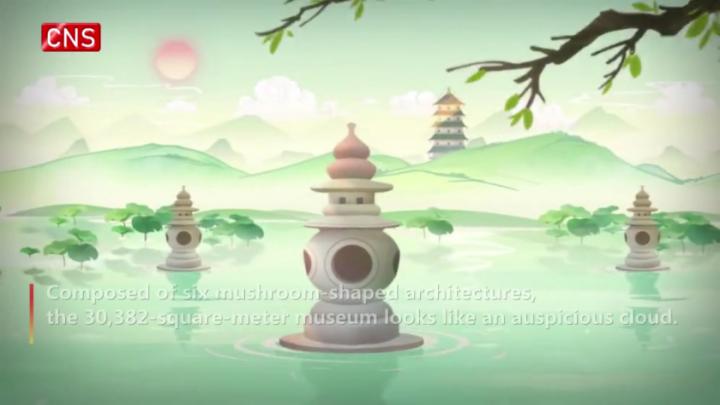Teviston, a rural community located about 230 km northeast of Los Angeles downtown, had been struggling against the heat wave amid shortages of running water since the only functioning well broke early this month, local media reported.
Over 700 residents in the community in Tulare County that lies off Highway 99 were relying on limited bottled water for drinking, cooking, bathing and flushing toilets, as temperature soared to 103 Fahrenheit (39.4 degree centigrade) Wednesday, according to ABC 10 news channel.
The Weather Channel forecasted that the temperature would be even higher next week.
The authority is delivering cases of bottled water and five-gallon jugs to its residents. The community's first residents were primarily African Americans from the southern states. Today, the majority of its residents are Latinos farmworkers.
Tanker trucks hauled water from Porterville, 23 miles (37 km) away, to fill Teviston's two water storage tanks, the report said, adding the well's failure can not be fixed as there are no spare parts for the machine.
Frank Galaviz, a board member of the Teviston Community Services District, was quoted by the local media as saying that it may take weeks to get running water back in the community's households.
The California State Water Resources Control Board is trying to build a new well for the community, which would be completed by 2022 or 2023, Galaviz said.
Residents experienced similar shortages when the community's only well collapsed in November 2017.
At that time, Blanca Roman, a housewife from the community, told ABC 30 news channel that she had watched the town's water quality slowly degrade -- going from clear to brown to none at all in eight years.
CalMatters, a nonpartisan and nonprofit journalism platform to explain the California's policy and politics, said in a report published on its official website Tuesday that Tulare's water crisis was not a single case in San Joaquin Valley where the community locates.
Thousands of wells in the valley with over 4 million population are at risk of drying up this summer, which will impact its residents who are more likely to rely on private wells, the report said.
Scott Taylor, general manager of the Lamont Public Utility District, said that his Kern County community with 20,000 people, mostly Latinos farmworkers, had only seven wells.
The State Water Resources Control Board has up to 130 million U.S. dollars to use each year until 2030 to "address funding gaps and provide solutions to water systems, especially those serving disadvantaged communities," said the report, but it could not immediately resolve drinking water crisis in these communities amid extreme drought this year.
In May, California Governor Gavin Newsom also proposed allocating 5.1 billion U.S. dollars for drought preparedness, infrastructure, and response.
Of the funding, 1.3 billion U.S. dollars would be used for drinking water and wastewater infrastructure, but for residents in poor and rural communities like Teviston, the money can't come soon enough.
"We know how difficult it is in the Central Valley to be without water, to have to deal with 100-plus degrees, and many of these families also having to deal with power outages and swamp coolers," said Melissa Hurtado, a Democrat state Senator.
"Rural Californians of the Central Valley face inequities when it comes to water, energy, and health," she said.









